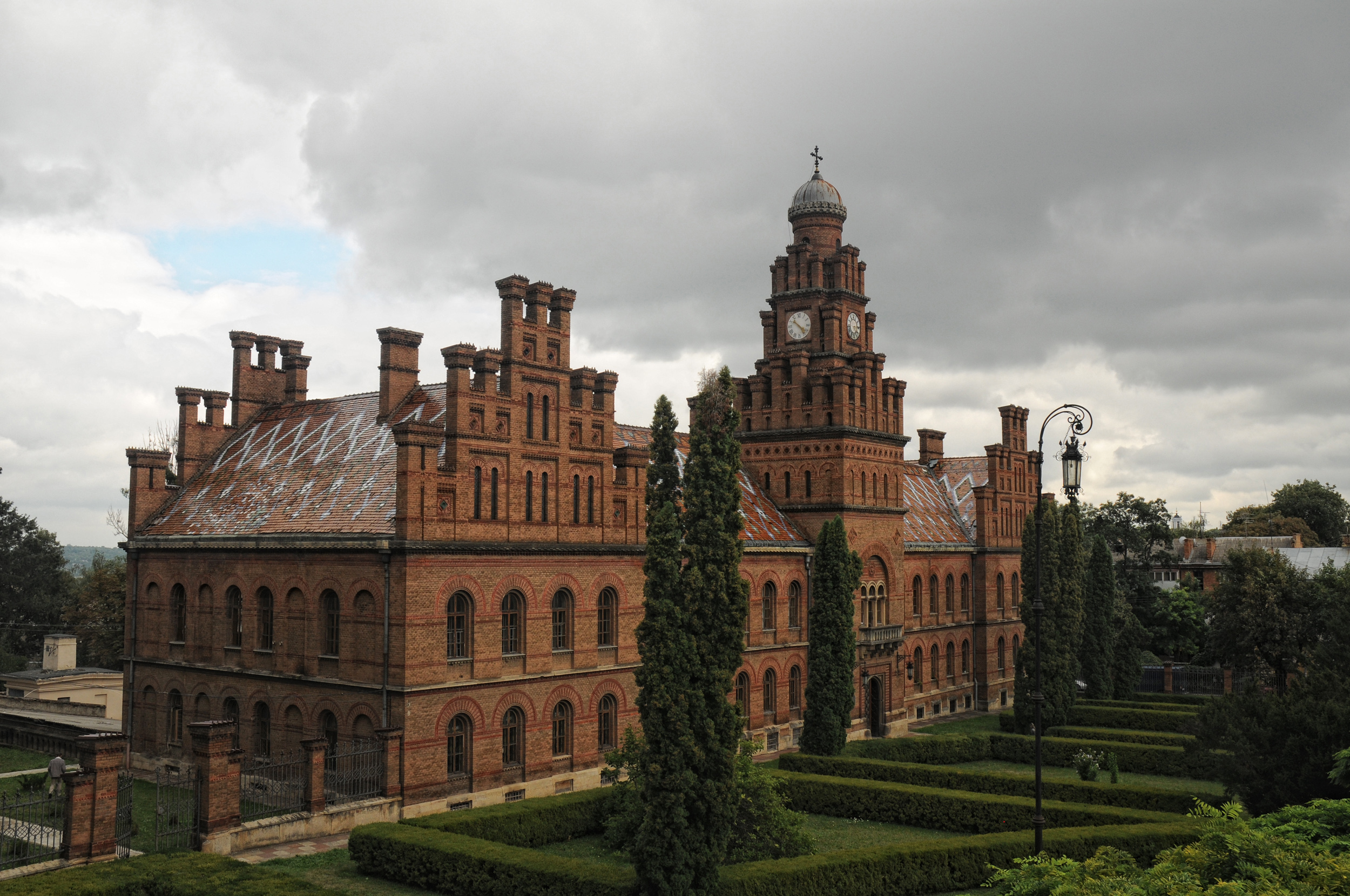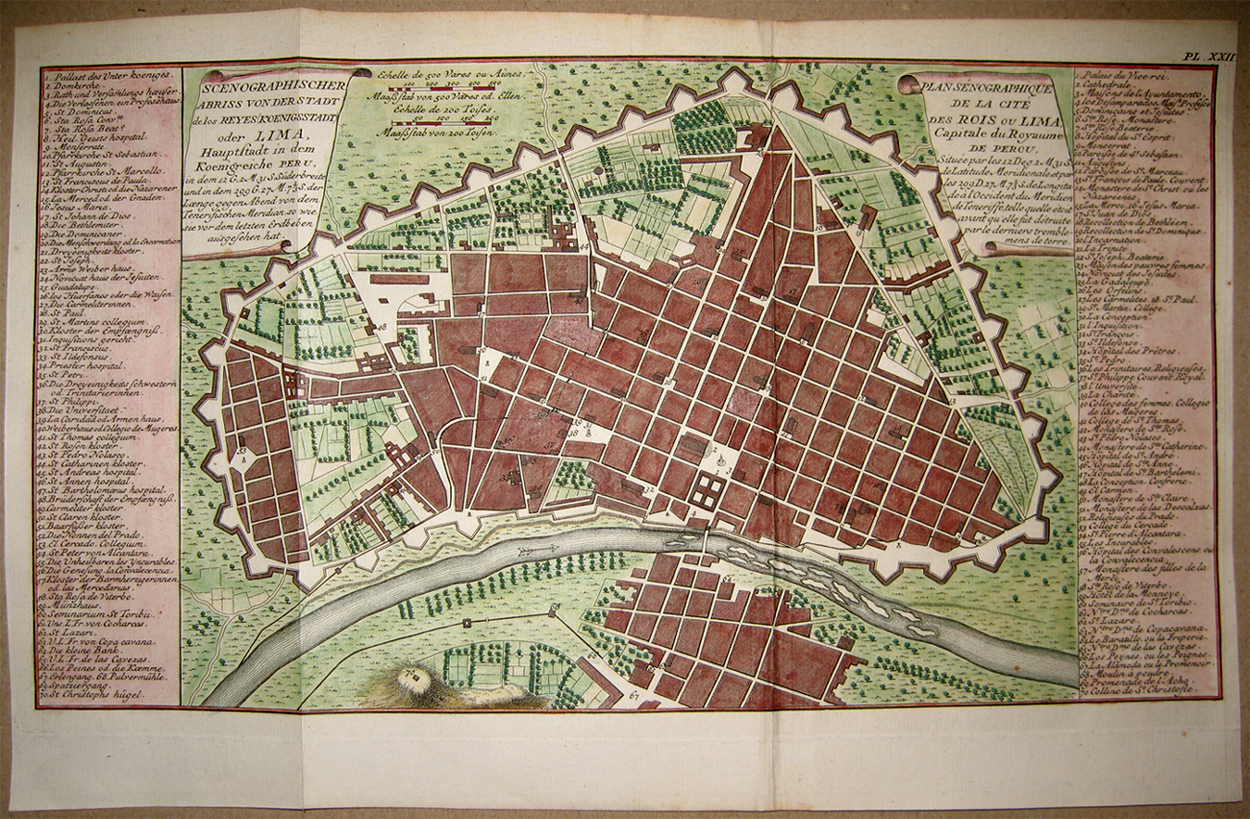|
Casa Arenas Loayza
The Casa Arenas Loayza is a historic residence in the Cercado de Lima, Peru. Located in the historic centre of Lima, it forms part of the Cultural heritage of Peru. It is located a block away from the Government Palace. History In this two-level building the rooms are on the upper floor. The ground floor is mostly intended for longitudinal shops. The first floor is padded and has five openings with semicircular arches. The second floor has three short projecting balconies and two parapet balconies, which are distinguished from the traditional balconies of Lima, which are usually made of wood and closed. Its façade is the Italian neo-Renaissance style, with a tendency towards eclecticism. There are neo-baroque elements in the balconies, jambs, screens and pilaster shafts, while the neo-Gothic style is reflected in the frieze and its corbels that support the cornice and roof railing. Unlike many other similar residences from the mid-19th century, its plan does not develop aroun ... [...More Info...] [...Related Items...] OR: [Wikipedia] [Google] [Baidu] |
Renaissance Revival Architecture
Renaissance Revival architecture (sometimes referred to as "Neo-Renaissance") is a group of 19th-century Revivalism (architecture), architectural revival styles which were neither Greek Revival architecture, Greek Revival nor Gothic Revival architecture, Gothic Revival but which instead drew inspiration from a wide range of classicizing Italian modes. Under the broad designation Renaissance architecture 19th-century architects and critics went beyond the architectural style which began in Florence and Central Italy in the early 15th century as an expression of Renaissance humanism; they also included styles that can be identified as Mannerism, Mannerist or Baroque. Self-applied style designations were rife in the mid- and later 19th century: "Neo-Renaissance" might be applied by contemporaries to structures that others called "Italianate", or when many French Baroque features are present (Second Empire (architecture), Second Empire). The divergent forms of Renaissance architect ... [...More Info...] [...Related Items...] OR: [Wikipedia] [Google] [Baidu] |
Eclecticism In Architecture
Eclecticism in architecture is a 19th and 20th century architectural style in which a single piece of work incorporates eclecticism, a mixture of elements from previous historical styles to create something that is new and original. In architecture and interior design, these elements may include structural features, furniture, decorative motives, distinct historical ornament, traditional cultural motifs or styles from other Country, countries, with the mixture usually chosen based on its suitability to the project and overall aesthetic value. The term is also used of the many architects of the 19th and early 20 (number), 20th centuries who designed buildings in a variety of styles according to the wishes of their clients, or their own. The styles were typically Revivalism (architecture), revivalist, and each building might be mostly or entirely consistent within the style selected, or itself an eclectic mixture. Gothic Revival architecture, especially in churches, was most likel ... [...More Info...] [...Related Items...] OR: [Wikipedia] [Google] [Baidu] |
Jirón Junín
Jirón Junín is a major street in the Damero de Pizarro, located in the historic centre of Lima, Peru. The street starts at its intersection with the Jirón de la Unión and continues for 19 blocks until it reaches Nicolás Ayllón Avenue. History The road that today constitutes the street already existed in pre-Hispanic times. Under Francisco Pizarro, it was drawn as the camino del Cercado when he founded the city of Lima on January 18, 1535. In its first block, to the south, the extension corresponding to the Plaza de Armas was arranged and, to the north, the land corresponding to the home of Pizarro himself and which was later the residence of the viceroys and Presidents of the country. At the beginning of the 17th century, the viceroy of Peru Juan de Mendoza y Luna, consented to the creation of the ''Cajones de Ribera'' in the first block of this road (Calle de Ribera). These boxes would be occupied by the fruit sellers and peddlers who were located in the Plaza Mayor un ... [...More Info...] [...Related Items...] OR: [Wikipedia] [Google] [Baidu] |
Cercado De Lima
The Cercado de Lima ('Walled Lima'), Damero de Pizarro ('Pizarro's Checkerboard'), or Lima Cuadrada ('Squared Lima') is an area of the historic center of Lima (capital of Peru) located within the old walls of the city. Location and history The area of the Cercado de Lima corresponds to the original layout of the city. Its current boundaries within the city are the Rímac River to the north, Abancay Avenue to the east, Colmena Avenue to the south and Tacna Avenue to the west. Its name derives from it being the oldest and most central part of the city and because its urban layout maintains the classic Spanish style of streets and perpendicular avenues that form homogeneously square blocks. The area contains the main historical monuments of the city and several of the public buildings of the government of Peru including the Government Palace and the Metropolitan Cathedral of Lima The Basilica Cathedral of Lima, commonly known as the Metropolitan Cathedral of Lima, and f ... [...More Info...] [...Related Items...] OR: [Wikipedia] [Google] [Baidu] |
Peru
Peru, officially the Republic of Peru, is a country in western South America. It is bordered in the north by Ecuador and Colombia, in the east by Brazil, in the southeast by Bolivia, in the south by Chile, and in the south and west by the Pacific Ocean. Peru is a Megadiverse countries, megadiverse country, with habitats ranging from the arid plains of the Pacific coastal region in the west, to the peaks of the Andes mountains extending from the north to the southeast of the country, to the tropical Amazon basin rainforest in the east with the Amazon River. Peru has Demographics of Peru, a population of over 32 million, and its capital and largest city is Lima. At , Peru is the List of countries and dependencies by area, 19th largest country in the world, and the List of South American countries by area, third largest in South America. Pre-Columbian Peru, Peruvian territory was home to Andean civilizations, several cultures during the ancient and medieval periods, and has one o ... [...More Info...] [...Related Items...] OR: [Wikipedia] [Google] [Baidu] |
Historic Centre Of Lima
The Historic Centre of Lima () is the historic city centre of the city of Lima, the capital of Peru. Located in the city's districts of Lima and Rímac, both in the Rímac Valley, it consists of two areas: the first is the Monumental Zone established by the Peruvian government in 1972, and the second one—contained within the first one—is the World Heritage Site established by UNESCO in 1988, whose buildings are marked with the organisation's black-and-white shield. Founded on January 18, 1535, by Conquistador Francisco Pizarro, the city served as the political, administrative, religious and economic capital of the Viceroyalty of Peru, as well as the most important city of Spanish South America. The evangelisation process at the end of the 16th century allowed the arrival of several religious orders and the construction of churches and convents. The University of San Marcos, the so-called "Dean University of the Americas", was founded on May 12, 1551, and began its func ... [...More Info...] [...Related Items...] OR: [Wikipedia] [Google] [Baidu] |
Cultural Heritage Of Peru
The cultural heritage of Peru, officially the Cultural heritage of the Nation, is the name given to the set of goods, both tangible and intangible, accumulated over time. These goods can be paleontological, archaeological, architectural, historical, artistic, military, social, anthropological or intellectual. In Peru, the competence for the protection of cultural heritage is in the hands of the Ministry of Culture (Peru), Ministry of Culture. In August 2000, the National Institute of Culture published a list of temples, convents and cemeteries declared cultural heritage. Classification In Peru, cultural heritage is regulated by Law No. 28296 (''General Law of Cultural Heritage of the Nation''), which establishes the national policy for the defense, protection, promotion, ownership and legal regime and the destination of the goods that constitute the Cultural Heritage of the Nation. Categories *Immovable material heritage: Those cultural assets that cannot be moved, including arc ... [...More Info...] [...Related Items...] OR: [Wikipedia] [Google] [Baidu] |
Government Palace, Lima
The Government Palace (Spanish: ''Palacio de Gobierno''), also known as the House of Pizarro, is the seat of the executive branch of the Peruvian government, and the official residence of the president of Peru. The palace is a stately government building, occupying the northern side of the Plaza Mayor in Peru's capital city, Lima. Set on the Rímac River, the palace occupies the site of a very large huaca ("revered object") that incorporated a shrine to Taulichusco, the last kuraka (indigenous governor) of Lima. The first Government Palace was built by Francisco Pizarro, governor of New Castile, in 1535. When the Viceroyalty of Peru was established in 1542, it became the viceroy's residence and seat of government as the Viceregal Palace (), also known as the ''Casas Reales''. The most recent alterations to the building were completed in the 1930s, under the direction of President Oscar R. Benavides during his second term of office. The chief architects were Claude Antoine Sahut ... [...More Info...] [...Related Items...] OR: [Wikipedia] [Google] [Baidu] |



